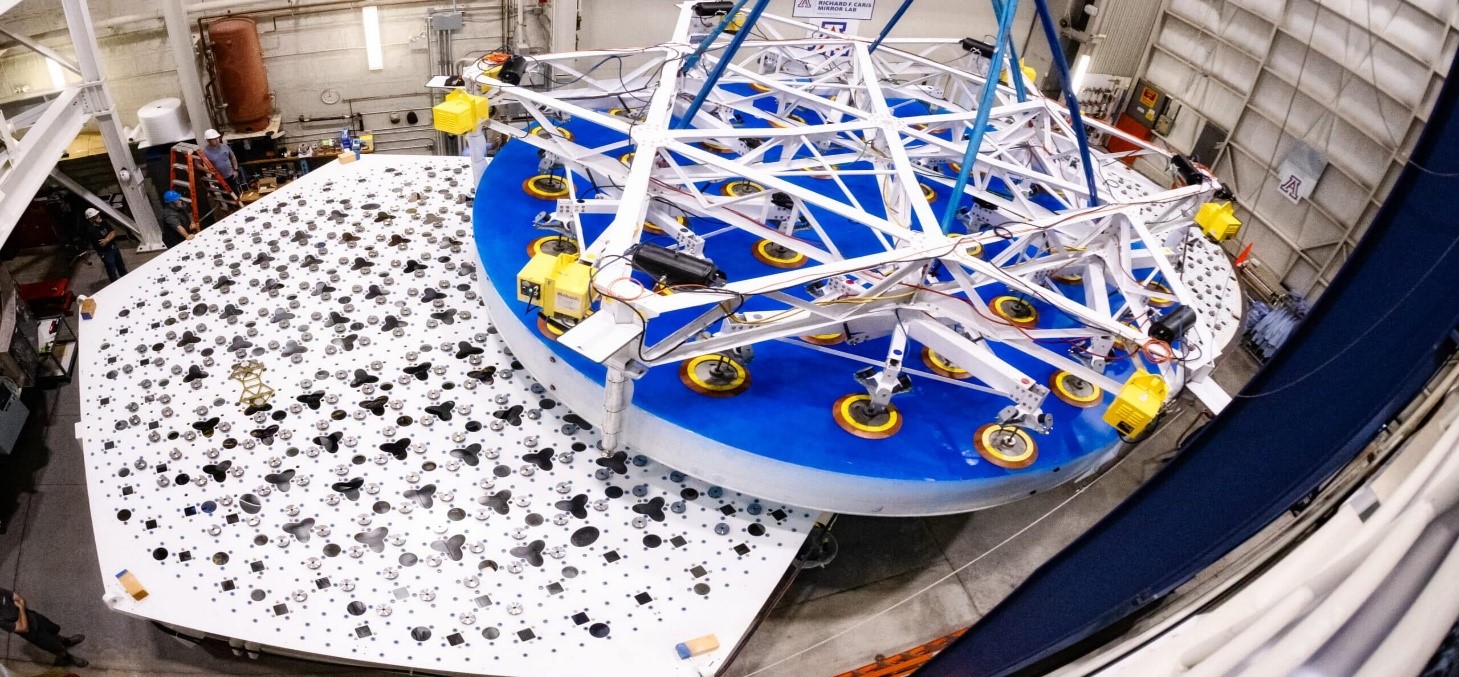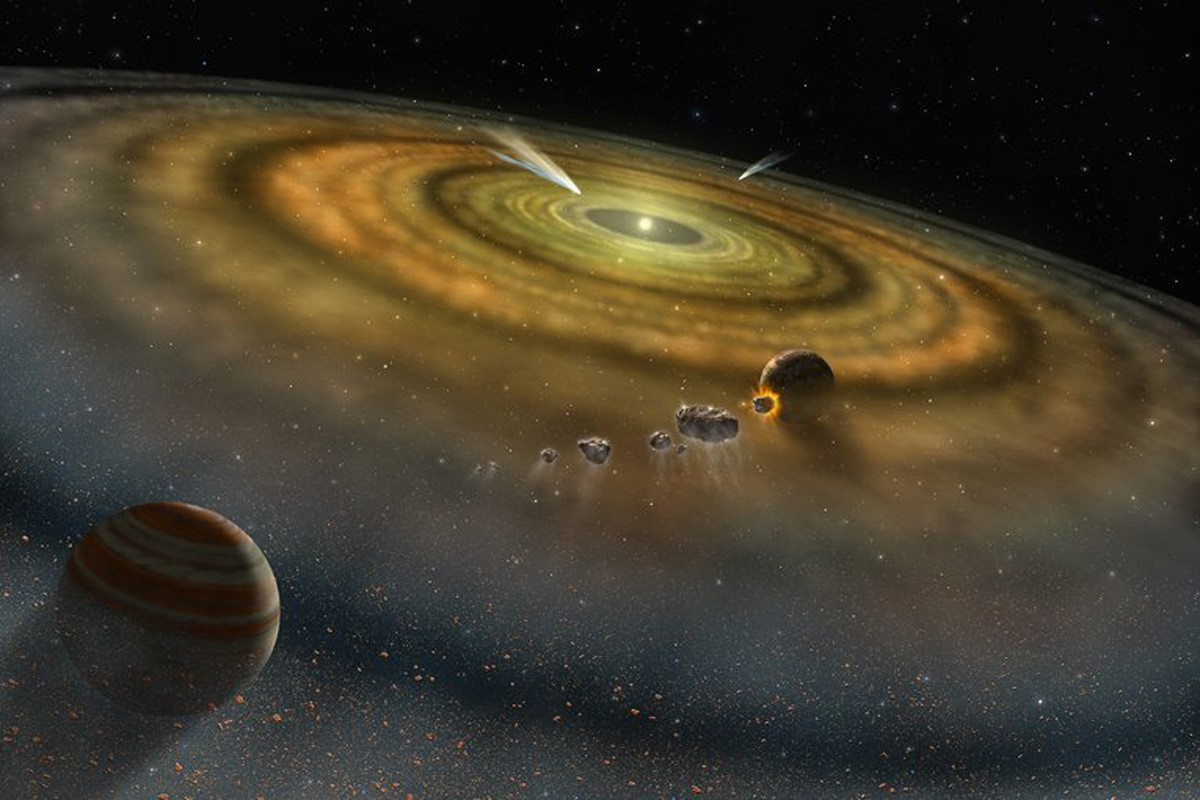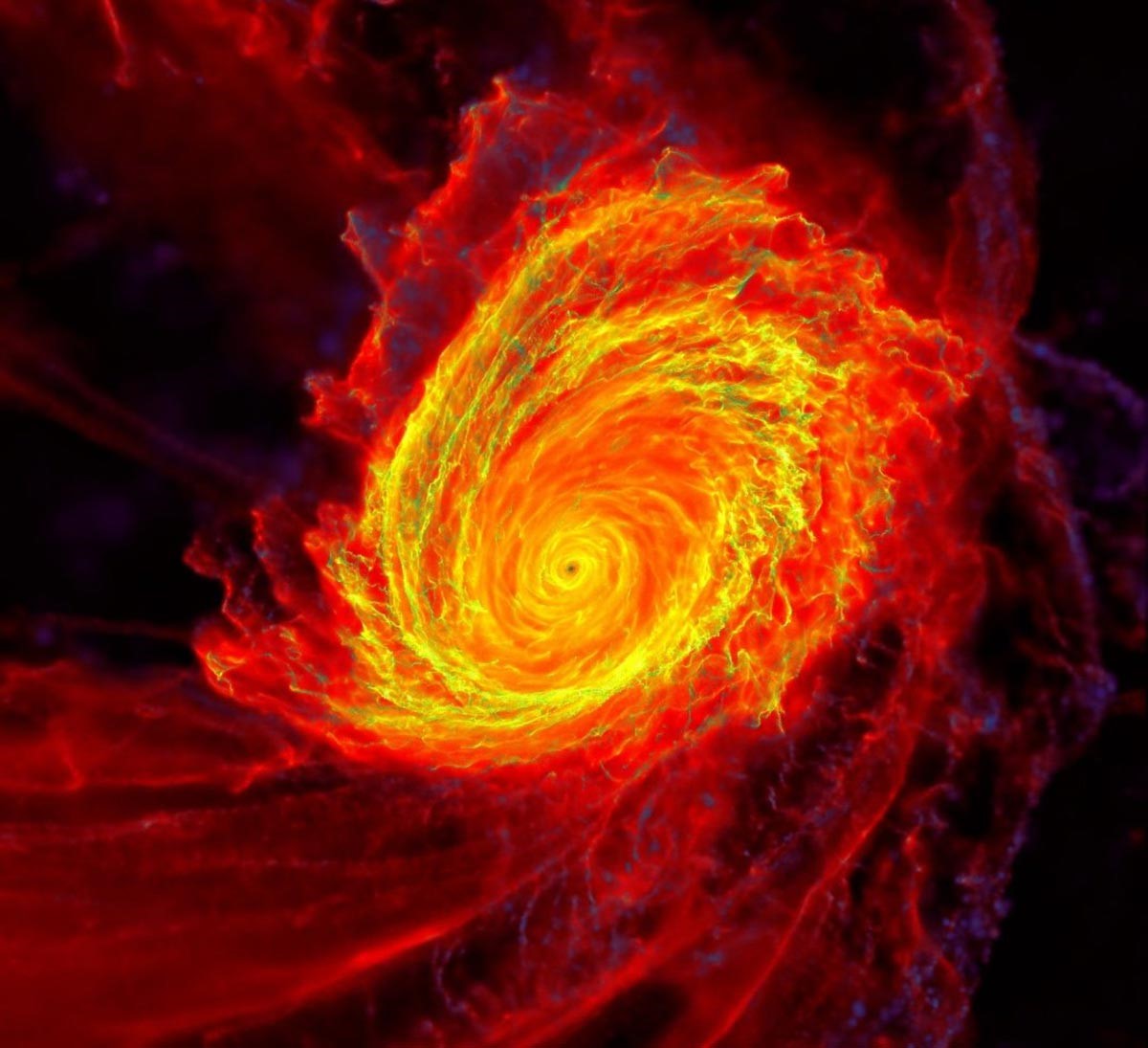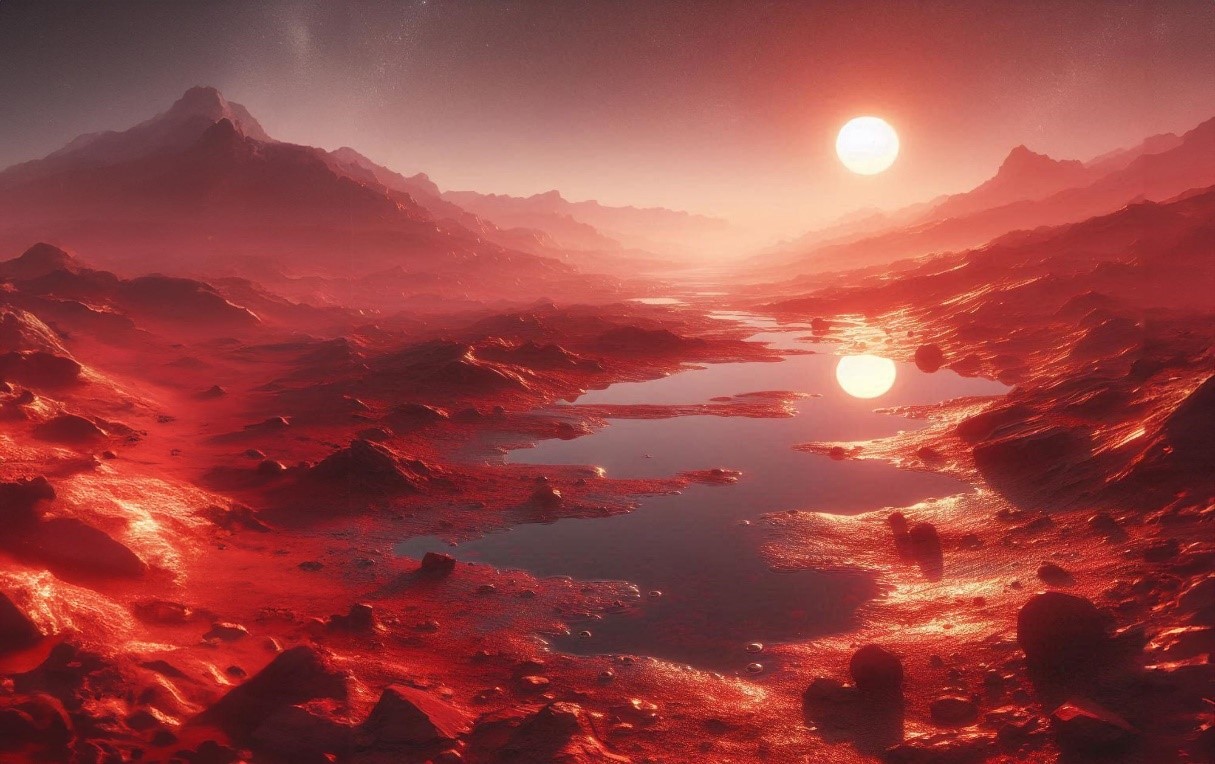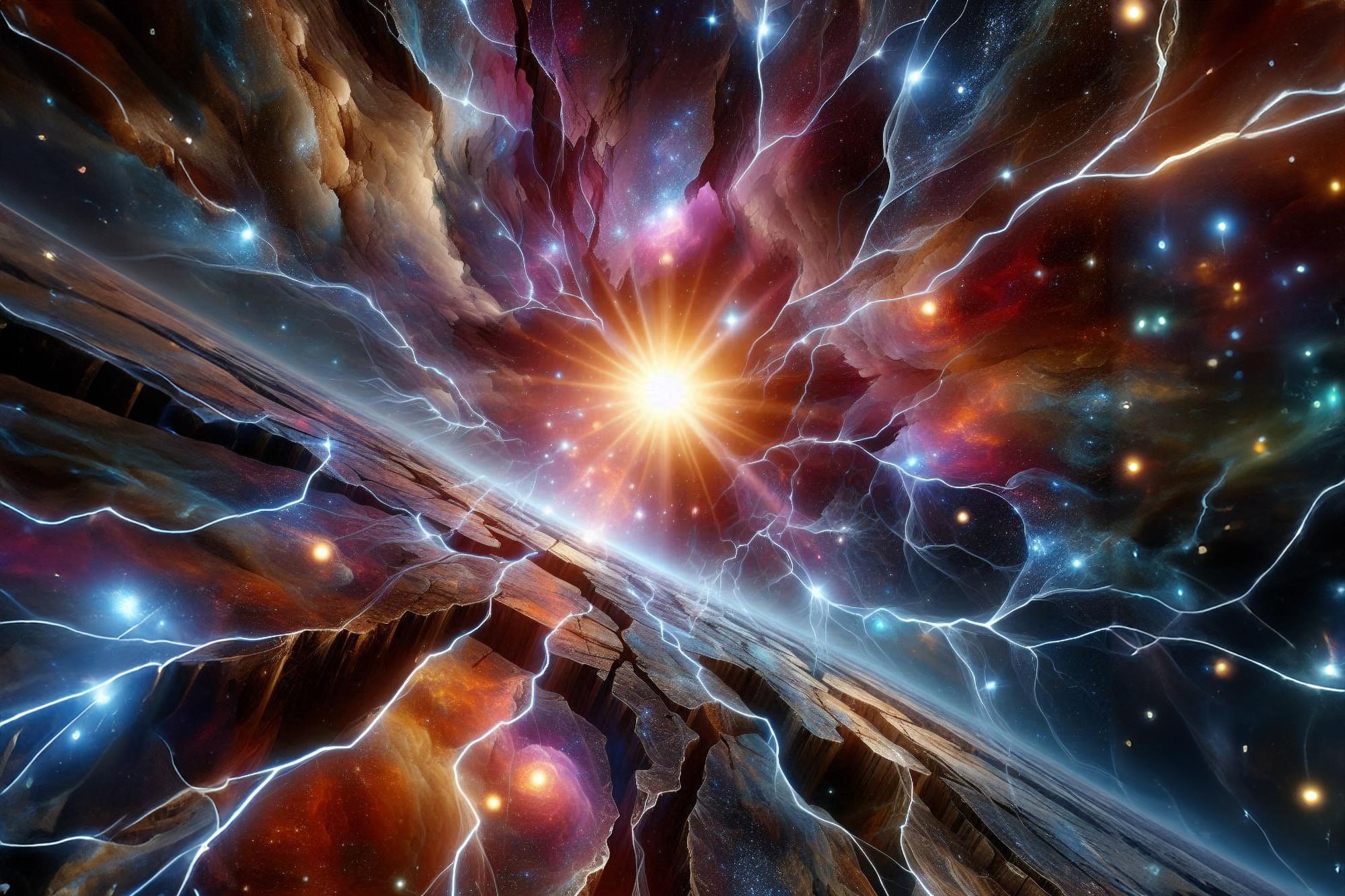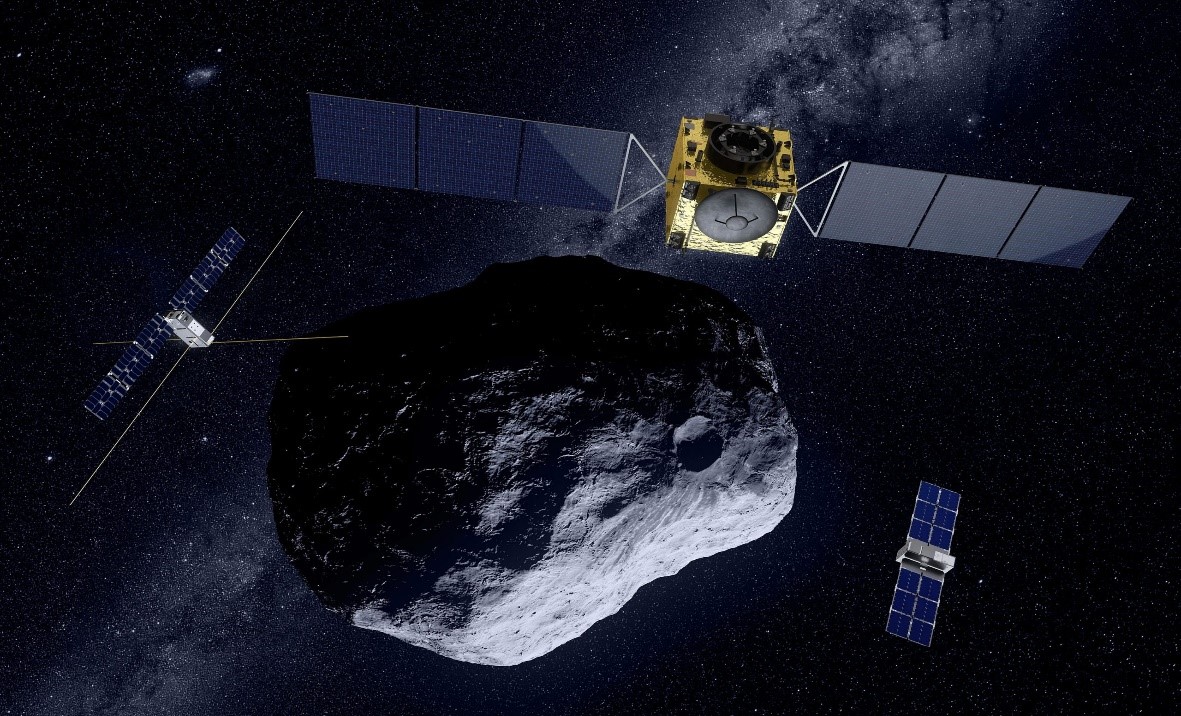Neutron Star Collision Reveals Creation of Heavy Elements and the Birth of a Black Hole
In a cosmic milestone, astrophysicists have, for the first time, measured the temperature of elementary particles in the aftermath of two neutron stars colliding and birthing a black hole. This measurement has unveiled microscopic physical properties within such intense events, bridging an instant snapshot to a time-spanning phenomenon. Led by the Cosmic DAWN Center at the Niels Bohr Institute, University of Copenhagen, these groundbreaking findings are detailed in Astronomy & Astrophysics [2].
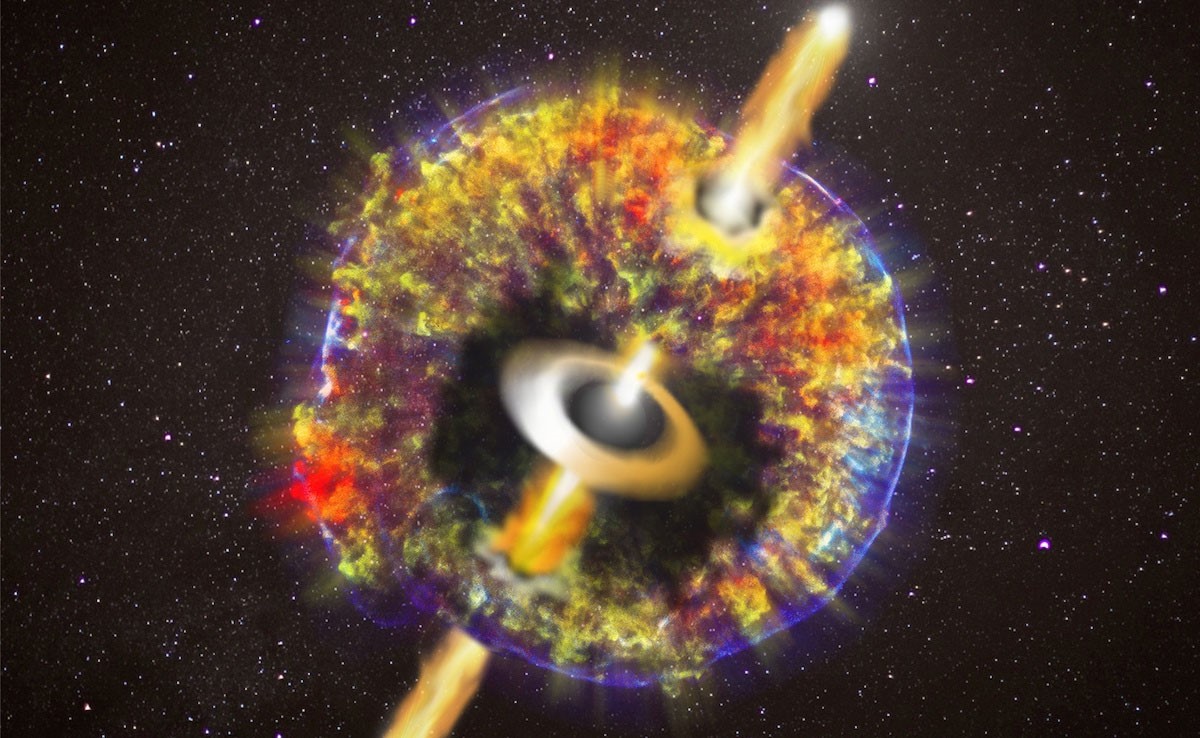
Figure 1. Artistic Impression of a Neutron Star Collision. (Credit: O.S. SALAFIA, G. GHIRLANDA, CXC/NASA, GSFC, B. WILLIAMS ET AL)
Light from a Cosmic Collision Reveals Heavy Element Formation
The high-energy impact of two neutron stars has given rise to the smallest black hole observed to date. This cosmic explosion generated a "kilonova," an exceptionally luminous fireball expanding at nearly light speed and shining as brightly as hundreds of millions of suns. This brilliant display results from large amounts of radiation emitted by the decay of heavy, radioactive elements formed in the explosion. Figure 1 is an illustration of a neutral star collision.
Observing the kilonova's radiance from telescopes worldwide, researchers uncovered new insights into the origins of elements heavier than iron—a long-standing astrophysical puzzle. "This astrophysical explosion develops dramatically hour by hour, so no single telescope can follow its entire story... we can follow its development in great detail," notes Albert Sneppen, a PhD student at the Niels Bohr Institute and study leader.
Echoes of the Big Bang in the Heat of the Explosion
Initially, the temperature of the fragmented star-matter reached billions of degrees—hotter than the Sun's core and comparable to the Universe’s temperature moments after the Big Bang. At such extreme temperatures, electrons float freely, creating an ionized plasma that gradually cools, reminiscent of the Universe's cooling after the Big Bang [1].
Signatures of Heavy Elements Confirmed
After the Big Bang, it took 370,000 years for electrons to combine with atomic nuclei, allowing light to travel freely and creating the "cosmic background radiation." A similar phenomenon is observable in this explosion, where heavy elements like Strontium and Yttrium have formed—a clear sign of new atomic creations. “We can now see the moment where atomic nuclei and electrons are uniting in the afterglow... we get to see everything from the outside,” says Rasmus Damgaard, PhD student and study co-author.
Co-author Kasper Heintz adds, “The matter expands so fast...just by observing the remote end of the fireball, we can see further back in the history of the explosion. Closer to us the electrons have hooked on to atomic nuclei, but on the far side... the ‘present’ is still just future.”
Source: University of Copenhagen
References:
- https://www.techexplorist.com/electrons-dance-neutron-star-explosions/91817/
- https://www.eurekalert.org/news-releases/1063602
Cite this article:
Hana M (2024), Neutron Star Collision Reveals Creation of Heavy Elements and the Birth of a Black Hole, AnaTechMaz, pp. 122


